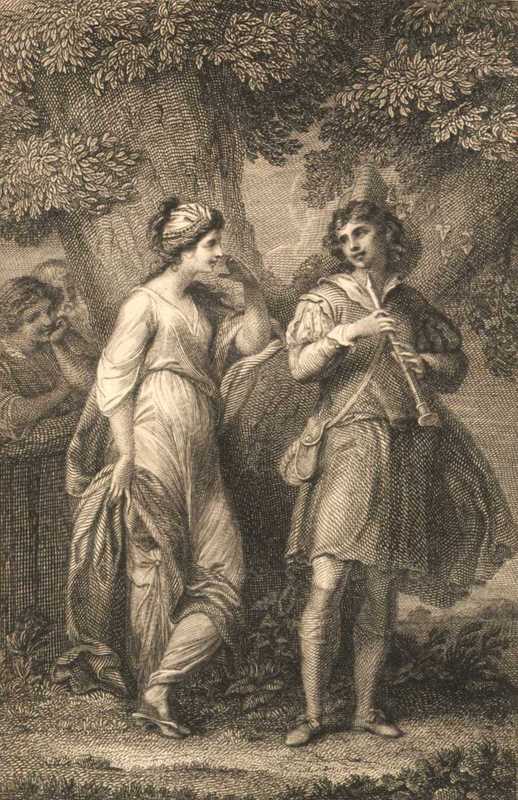Introduction
This exhibit demonstrates how educational reforms and governmental deregulation fostered increased literacy during the 18th century, and transformed the landscape of British (and American) publishing. It explores changes in authorship, reader tastes, and bookselling that helped redefine the writer-publisher-reader relationship in eighteenth-century Britain, and consequently the future Anglo-American book culture. The activities and contributions of women and of dissenting religious groups, such as the Unitarians, in the 18th century are also highlighted. The exhibit also spotlights innovative 18th-century typefounders and printers, such as William Caslon and John Baskerville, whose work still has relevance in the publishing industry today.
Notable items in the digital exhibit include the 1758 Baskerville-printed edition of Paradise Lost by John Milton; first and early editions of Henry Fielding’s The History of Tom Jones (1749) and Daniel Defoe’s Madagascar; or, Robert Drury’s Journal (1729); and works by women authors, such as Mary de la Reviere, Hester Chapone, Charlotte Lennox, Anna Letitia Aikin Barbauld, and Hannah More.

